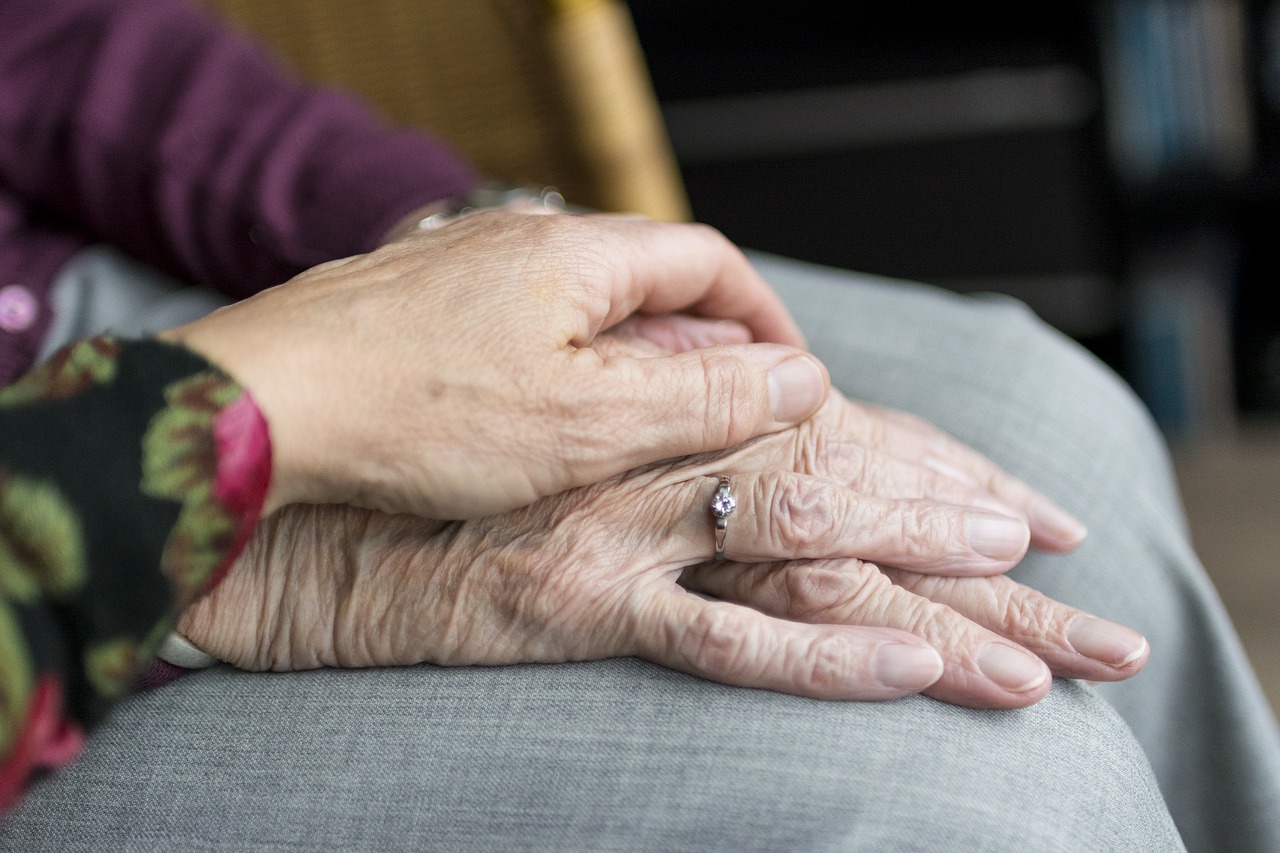 With heightened emotion swirling around Voluntary Assisted Dying legislation, some of its detail is being lost. Here are some of the key points.
With heightened emotion swirling around Voluntary Assisted Dying legislation, some of its detail is being lost. Here are some of the key points.
In 2017, the Victorian Government passed the Victorian Voluntary Assisted Dying Act, and the legislation came into effect in June 2019.
Victorian woman Kerry Robertson, 61, was the first person under the Victorian legislation to choose a voluntary assisted death after battling cancer since 2010. She died on 15 July.
Western Australia may soon follow Victoria with the Voluntary Assisted Dying Bill, which is scheduled for debate in the WA parliament at the time of going to press. All members will be given a conscience vote.
The proposed WA bill closely follows the Victorian law with regards to patient request, assessment process and eligibility criteria.
When the Victorian law was passed the RACGP published a statement supporting GPs’ role in VAD but insisted they must be protected from coercion from either direction. GPs who wish to assist under these laws must be vocationally registered, and complete a six-hour online training course to secure a permit.
About 100 GPs had registered in advance of the laws coming into effect on June 19, with others expected to register only when they received a request from a patient.
The college has given its cautious support to the legislation, while the AMA is opposed to voluntary assisted dying.
Medical Forum has compiled some of the key points for patient eligibility and health care providers.
Eligible patients will need to fulfill the following criteria:
- Patients would be in the advanced stages of a medical condition in which it is expected they would die within six months; that time criteria stretches to 12 months for patients with neurodegenerative condition.
- Patients would be Australian citizens and residents of WA for at least 12 months.
- Patients would be aged over 18 and be assessed by two doctors.
- Patients must make three clear requests to die; two verbal and one written. The requests would have to be signed off by two doctors independent of each other
- Patients would have to have decision-making capacity; patients with Alzheimer’s disease or dementia would not be eligible
- Two witnesses would be required for any VAD request and they would need to demonstrate they would not benefit financially from the person’s death.
- A review process regarding application can be requested by either a patient or a health practitioner.
Information for health care providers:
- Doctors could raise the subject of VAD with patients. This differs from Victoria where the patient must raise the subject.
- Doctors would be the only health professionals allowed to sign off on an assisted dying request
- Doctors or nurse practitioners could administer the VAD medication at the request of the patient, or the patient could choose to self-administer. This differs from the Victorian legislation and is included on primarily equity of access grounds given the size of WA.
- A VAD board would manage the system to ensure the VAD process has been lawfully followed through each stage of the procedure.
- Doctors could decline to partake in the VAD process but they would be required to immediately inform the patient of their conscientious objection.
- Doctors could be required to provide standardised information to patients.
- There would be a minimum of nine days from the initial request to approval for VAD.
- To ensure patients are not coerced into requesting VAD, new criminal offences would be introduced.

